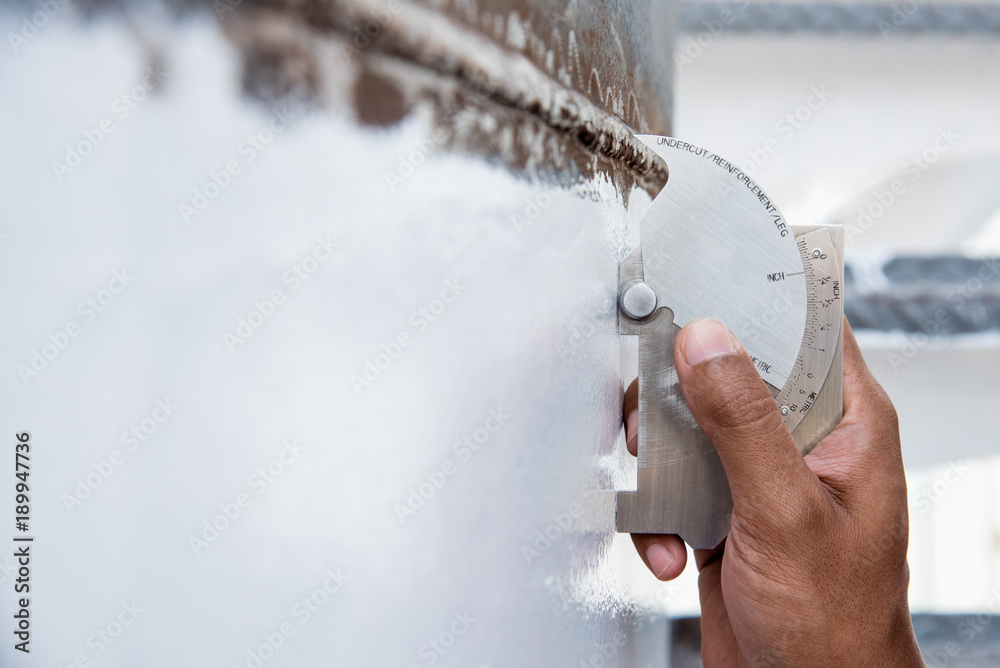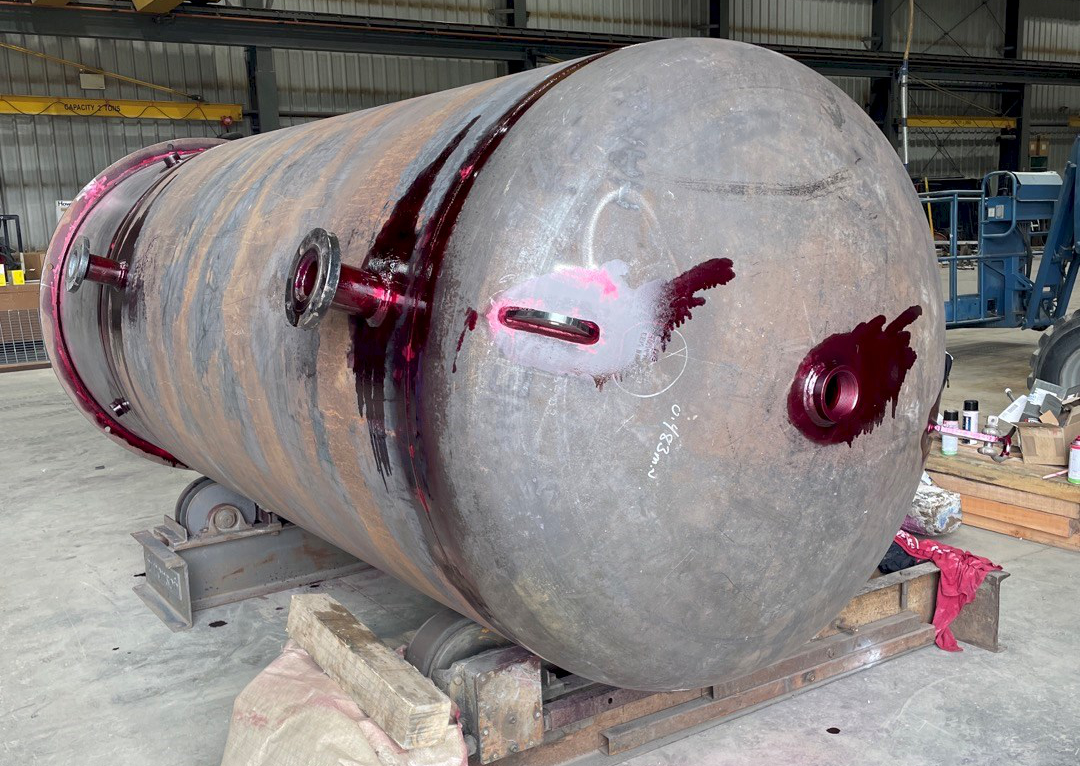A Detailed Summary of Storage Tank Welding Examination Standards and Methodologies for Improved Weld Top Quality and Efficiency
The significance of welding assessment requirements in the production of containers can not be overemphasized, as they function as the foundation for guaranteeing weld stability and functional reliability. Numerous inspection strategies, including visual analyses and progressed non-destructive testing techniques, are vital in recognizing prospective flaws that could jeopardize performance. Moreover, sticking to regulatory requirements not only improves weld high quality but also reduces the risk of costly failures. As we discover the subtleties of these methodologies, it ends up being vital to consider how a systematic method can change present practices and bring about considerable enhancements in outcomes.
Importance of Welding Evaluation Criteria

Welding inspection criteria encompass a variety of requirements, consisting of product requirements, welding treatments, and credentials of employees involved in the welding procedure. By enforcing these criteria, companies can systematically determine and remedy possible problems, thereby reducing the probability of expensive fixings or tragic failures. Furthermore, strenuous inspection techniques foster a society of accountability and accuracy, motivating welders to preserve high degrees of workmanship.

Typical Welding Inspection Methods


Ultrasonic Testing (UT) is one more common method, making use of high-frequency acoustic waves to spot inner problems that might not show up externally. This method is specifically reliable for recognizing voids or incorporations within the weld steel. Magnetic Fragment Testing (MT) is also extensively utilized, particularly for ferromagnetic materials, as it reveals surface and near-surface defects through the application of magnetic areas and ferrous bits.
Furthermore, Liquid Penetrant Testing (PT) detects surface-breaking issues by using a penetrant to the weld and afterwards making use of a programmer to extract click to read more the penetrant. Each of these techniques contributes to a detailed examination technique, guaranteeing that welds meet the rigid quality standards called for in container building and construction.
Regulatory Requirements and Compliance
Regulative criteria and compliance are necessary components in making sure the safety and security and integrity of welded frameworks in container building and construction - Tank Welding Inspection. These criteria serve to establish minimum needs for material properties, welding treatments, and inspection techniques, thus lowering the threat of architectural failings and improving total efficiency
Secret companies, such as the American Society of Mechanical Designers (ASME) and the American Welding Society (AWS), provide guidelines that are extensively adopted in the industry. Compliance with these criteria not only ensures adherence to best practices yet additionally satisfies lawful and legal responsibilities, securing the passions of stakeholders.
Regulative bodies often mandate adherence to specific codes, such as ASME Code Area IX for welding credentials and API 650 for bonded tanks. These codes detail demands for welding strategies, certifications of workers, and screening techniques to confirm weld honesty.
Routine audits and evaluations are important to preserving conformity, as they aid determine inconsistencies from established criteria. Non-compliance can lead to significant charges, job hold-ups, and security hazards. Hence, a robust understanding of governing requirements and a commitment to compliance are vital in attaining top notch and durable bonded tank frameworks.
Non-Destructive Evaluating Techniques
How can the stability of bonded structures be ensured without causing damage? Non-destructive screening (NDT) approaches supply a robust service, making it possible for assessors to assess weld high quality without endangering the product - Tank Welding Inspection. Among the most typical NDT methods are ultrasonic screening (UT), radiographic screening (RT), magnetic particle testing (MT), and color penetrant screening (PT)
Radiographic testing entails passing X-rays or gamma rays via the weld, developing pictures that disclose structural defects such as fractures or voids. This method is invaluable for evaluating the honesty of complicated welds.
Magnetic bit testing is suited for ferromagnetic materials, where magnetic fields disclose surface area and near-surface interruptions. Color penetrant screening makes use of a fluid color to highlight surface-breaking defects, making it an effective technique for non-porous materials.
Each of these NDT methods has distinct benefits, enabling for comprehensive assessments customized to certain products and welding processes. By executing these techniques, sectors can guarantee the reliability and safety and security of bonded structures, ultimately boosting general performance.
Enhancing Weld High Quality Through Evaluation
Reliable assessment plays an important duty in improving weld high quality, acting as an important checkpoint in the fabrication procedure. By identifying potential problems early, examinations reduce the danger of endangered architectural honesty and make certain conformity with industry my blog criteria. Employing a combination of visual exams, non-destructive screening (NDT) techniques, and mechanical evaluations, inspectors can spot issues such as porosity, cracks, and incomplete fusion.
Implementing a durable evaluation protocol not just improves the overall quality of welds yet additionally fosters a culture of responsibility amongst welders and producers. Normal training and certification of examination employees guarantee that they are outfitted with the needed abilities to acknowledge and deal with potential troubles properly. This aggressive technique reduces rework and linked prices, inevitably contributing to forecast performance.
Additionally, extensive documentation of evaluation findings supplies beneficial understandings into repeating problems, facilitating continual renovation in welding techniques. By leveraging innovative modern technologies, such as automated ultrasonic screening or electronic radiography, weld high quality can be boosted with much more specific analyses. Finally, a strenuous examination procedure is essential in accomplishing high-grade welds, making sure safety you could try this out and security, reliability, and longevity in tank construction.
Final Thought
In conclusion, the execution of rigorous tank welding inspection standards and approaches is necessary for making sure weld honesty and performance. By utilizing a combination of visual examinations, non-destructive screening approaches, and adherence to governing criteria, companies can successfully identify and reduce potential defects.